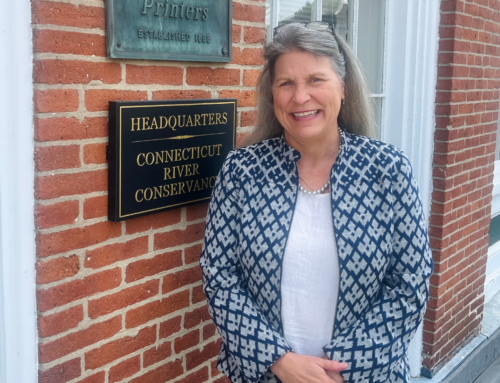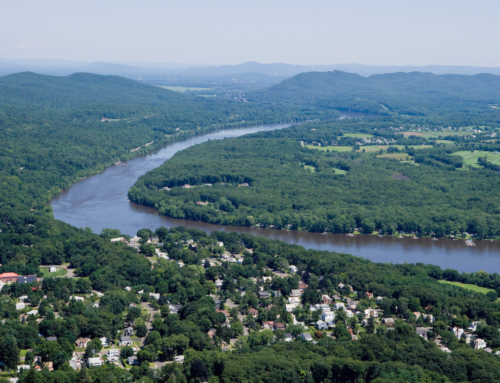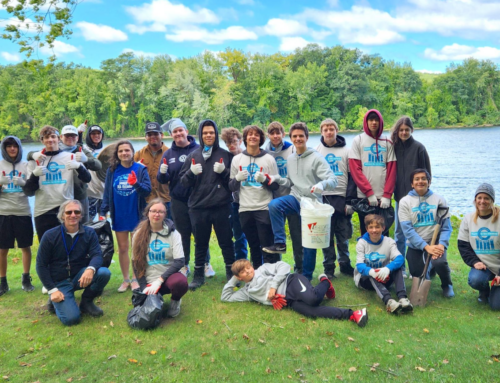The Silvio O. Conte National Fish and Wildlife Refuge is at a crossroads.
January 4, 2008 Running the entire length of the Connecticut River, from the Fourth Connecticut Lake in New Hampshire to Long Island Sound, the refuge is soon to get its first comprehensive conservation
plan. Officials from the U.S. Fish and Wildlife Service have begun fanning out across New England to collect comments from residents and environmental groups and agencies. The comments will help the service establish management goals and objectives for the refuge’s wildlife management, habitat protection, education and public use programs for the next 15 years.
In December, workshops and public input sessions were held in Vermont and New Hampshire. Starting next week, Massachusetts residents will give their input followed by Connecticut during the week of Jan. 14. Meetings will take place in Middletown, Burlington and Old Lyme.
Established in 1997, the refuge contains globally important wetlands, is a high priority flyway for many migratory bird species, and is home to hundreds of rare and endangered species.
“You are talking about a watershed area of 7.2 million acres with 390 towns and 2.3 million people, so we are hoping to get some solid input,” said Andrew C. French, manager of the refuge. “We are hoping to get a sense of what’s important to people in each geographical location. We are trying to build a more detailed plan when it comes to issues like land management or land conservation and preservation, recreation and public access.”
During the workshops, participants will be given workbooks where they will be able to identify potential issues, management concerns or problems within the refuge. Questions include: What do you value most about the Connecticut River and its watershed? What do you consider to be the most important problem? Other areas in the workbook focus on participation in refuge-sponsored activities, tools the service should use to protect priority species and habitats and the best ways to educate the public.
Reiff Gwyther, executive director of the Connecticut River Watershed Council, said inadequate staffing and the refuge’s broad geographic range mean that public input is vital to ensure the Conte refuge stays focused on protecting river habitat. The refuge was established in 1997 when the council donated the 4-acre Third Island in the Connecticut River in Deerfield, Mass. “While the council is a strong supporter of the refuge and its programs,” Gwyther said, “we have serious concerns
Gwyther said the plan should also take into account global warming effects on riverine systems
throughout the Connecticut River watershed. French said a draft version of the plan should be ready by the spring. He hopes partnerships with like-minded environmental groups including land trusts will be made during this process.
“This kind of process creates a lot of opportunities for partnerships,” French said. “It’s a real
good time to get involved.”







